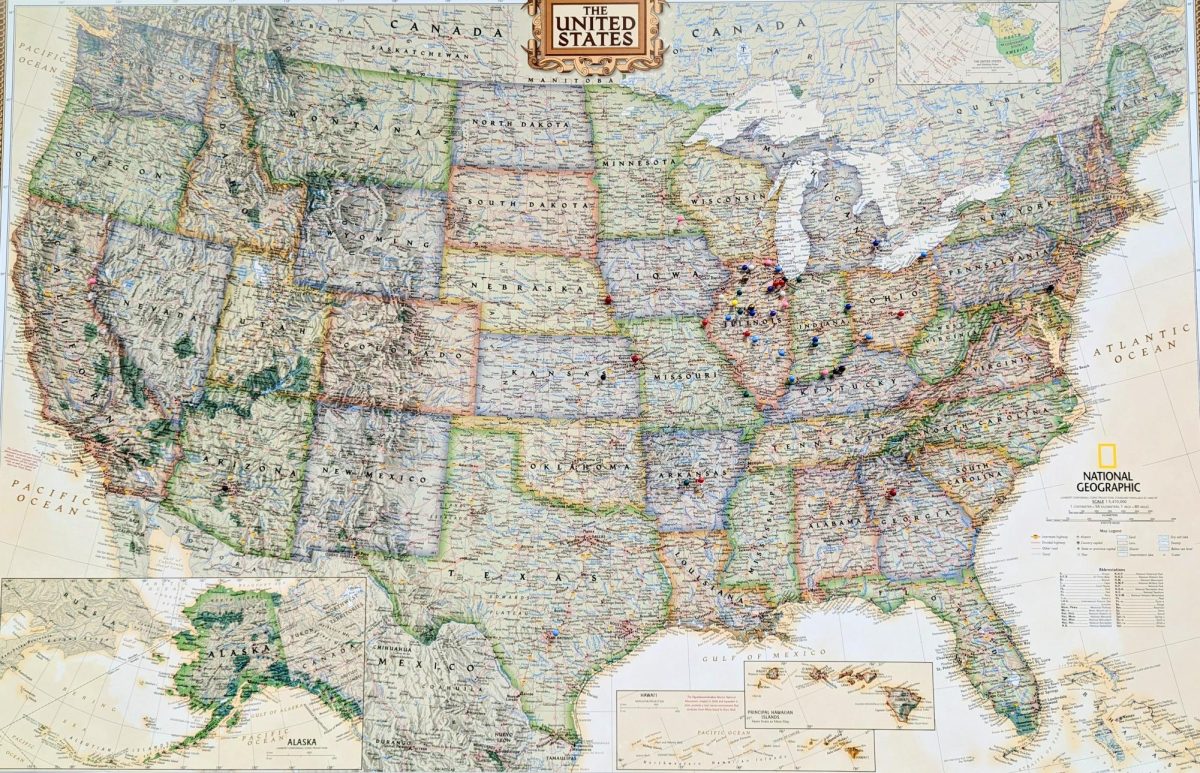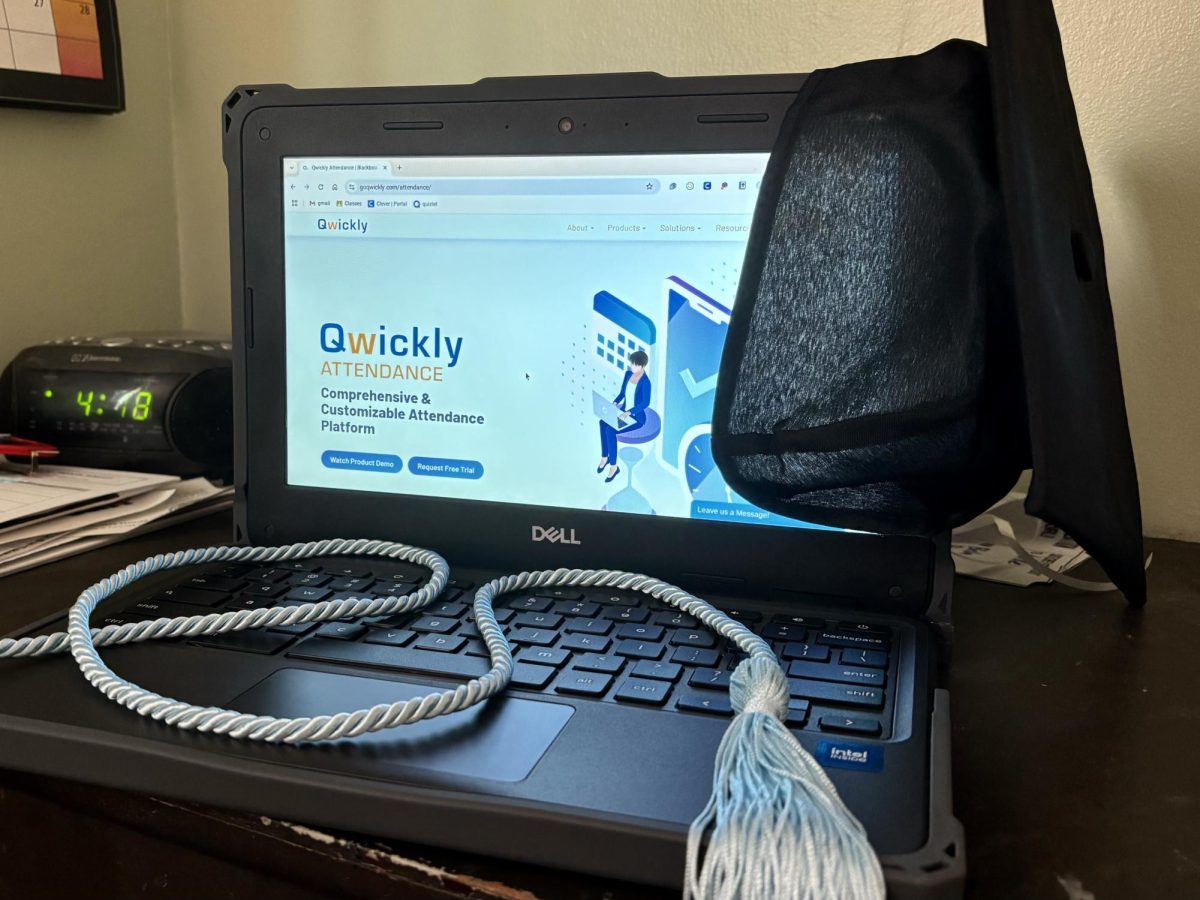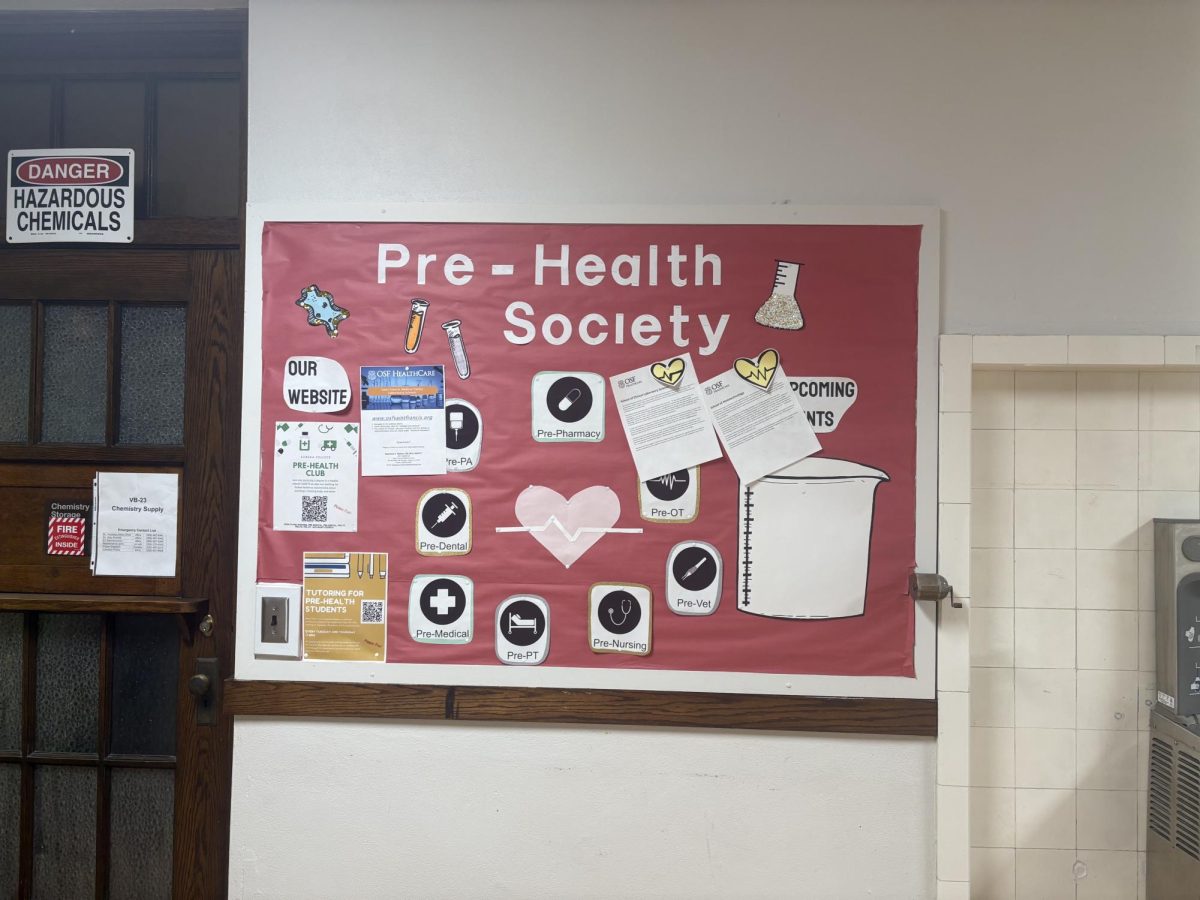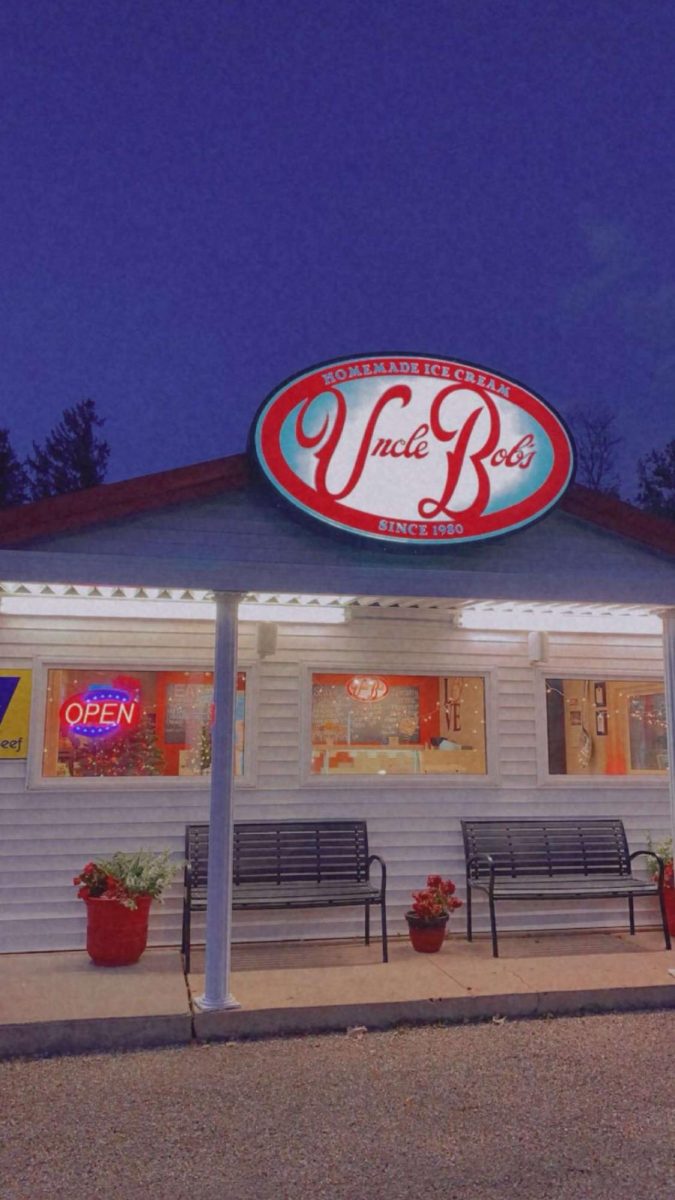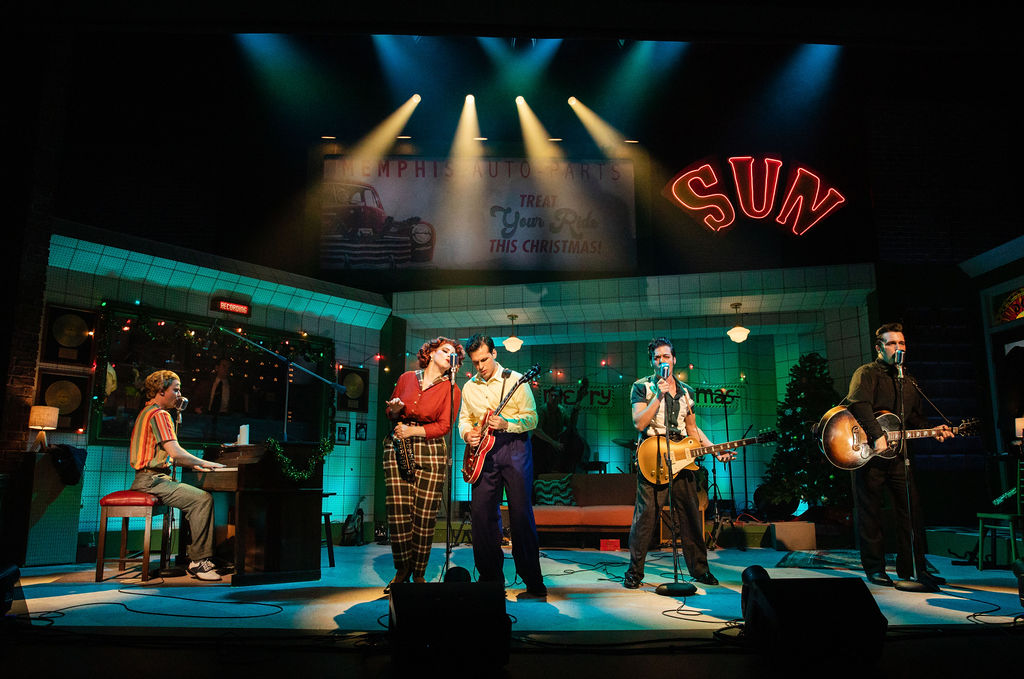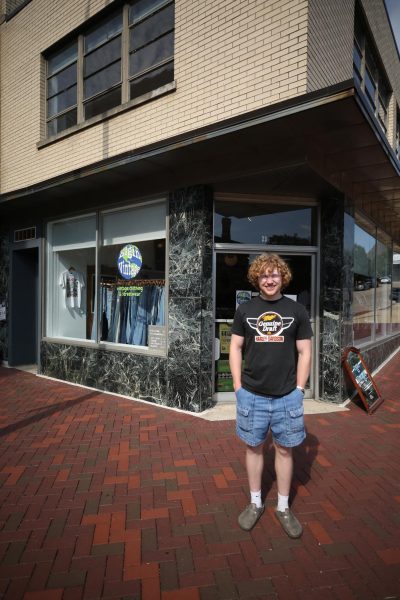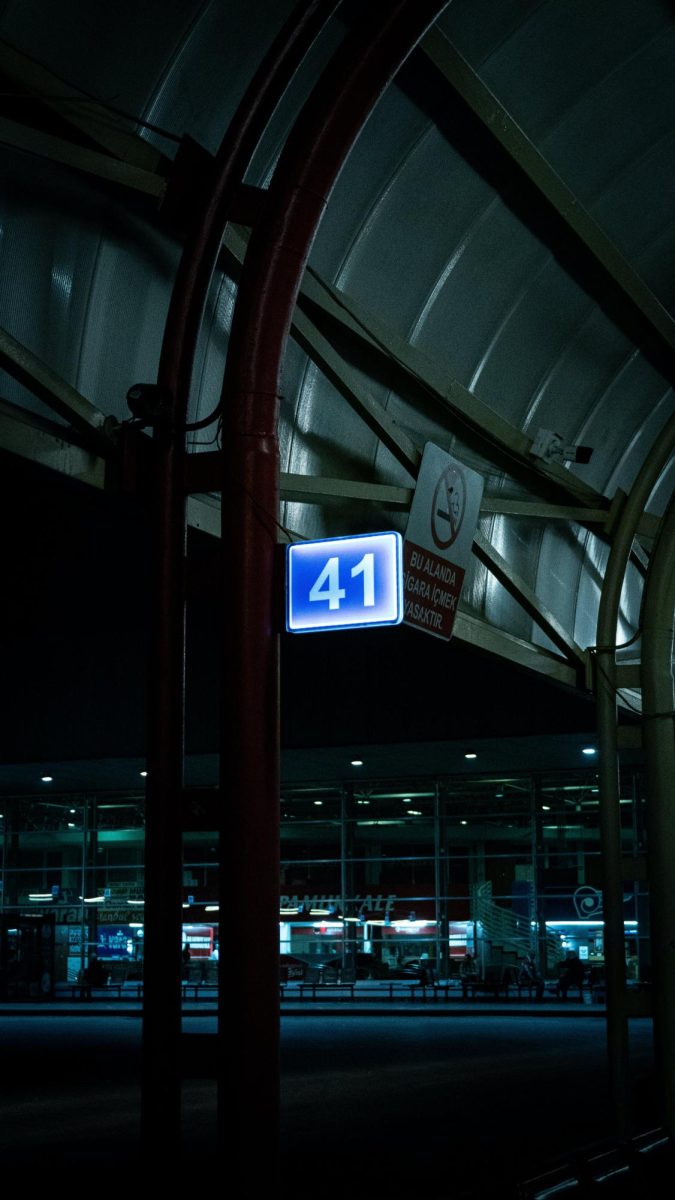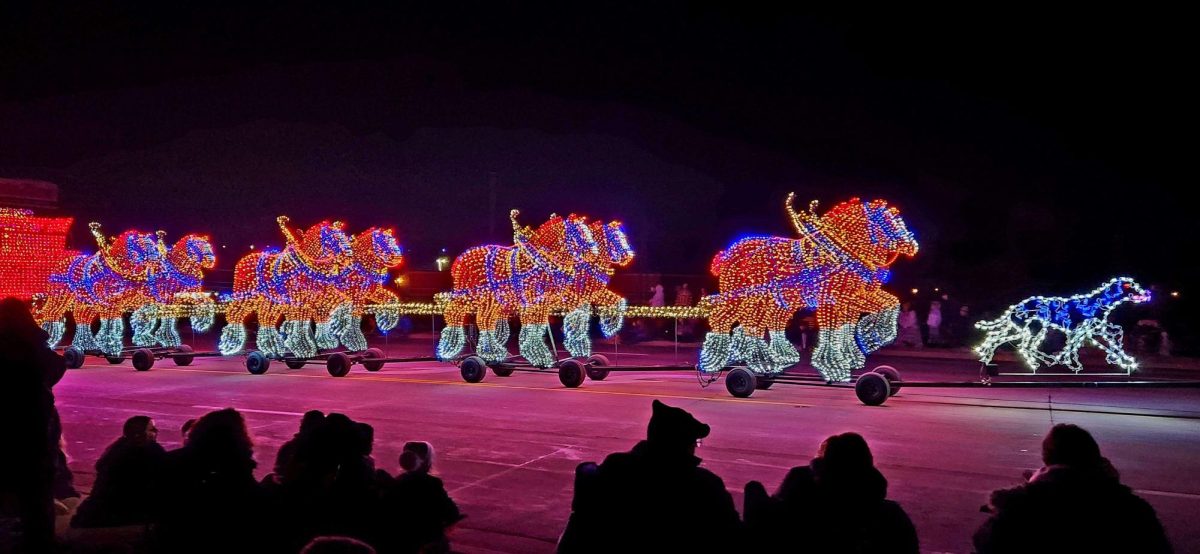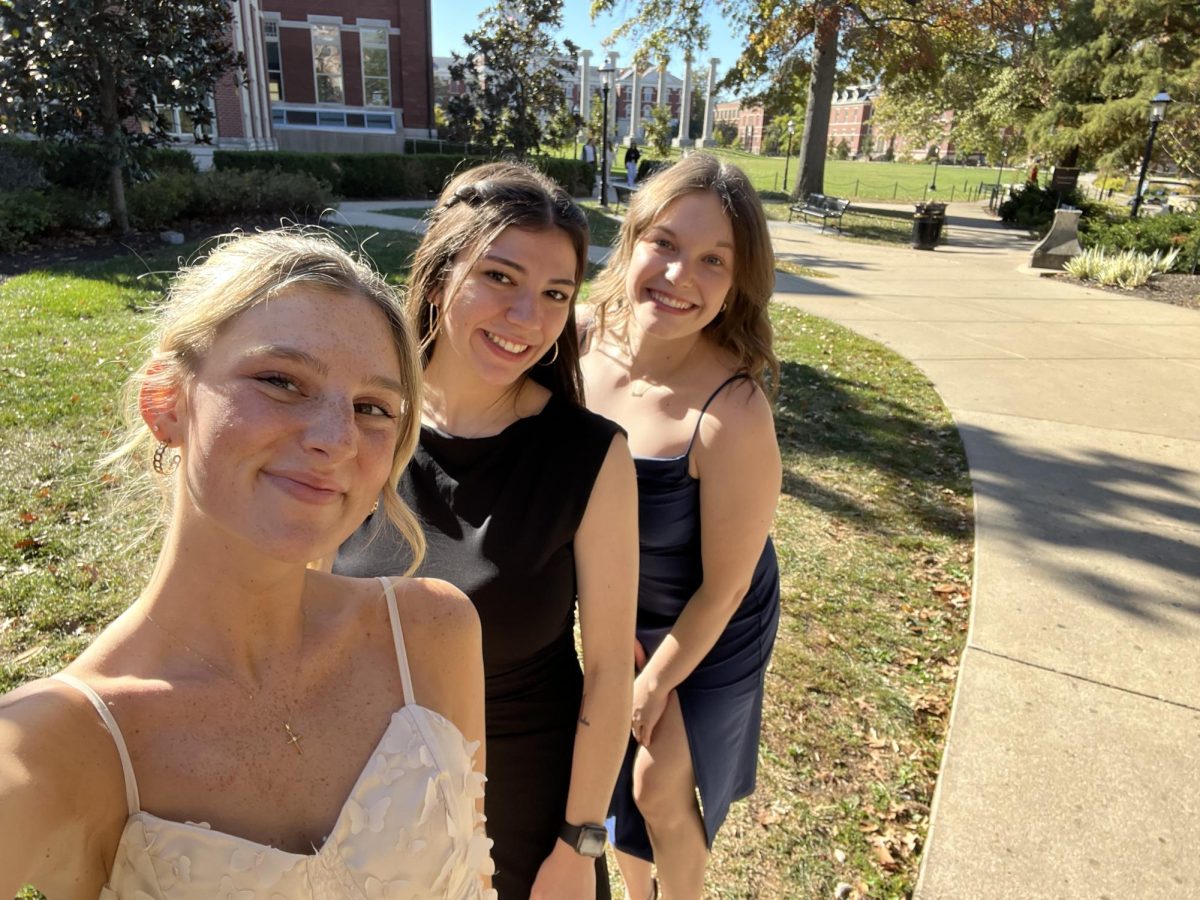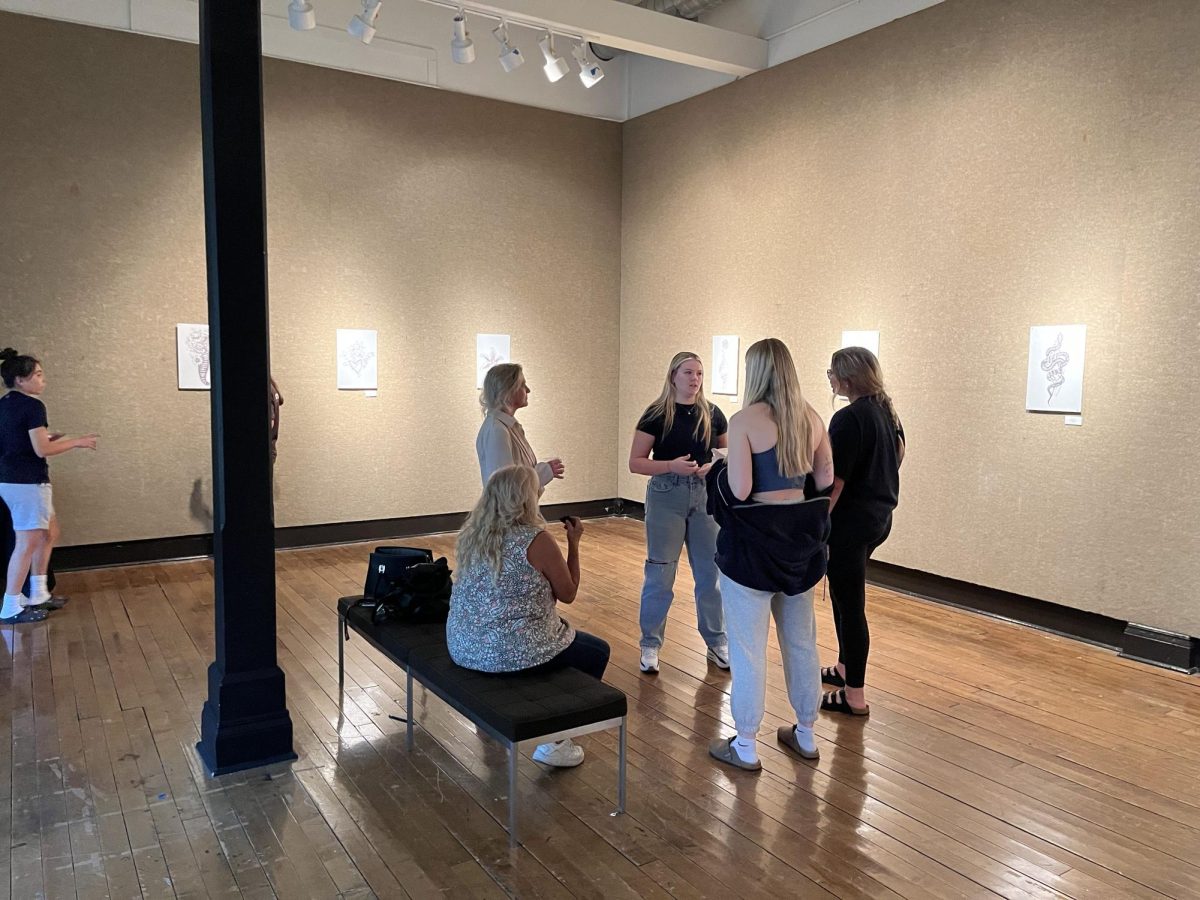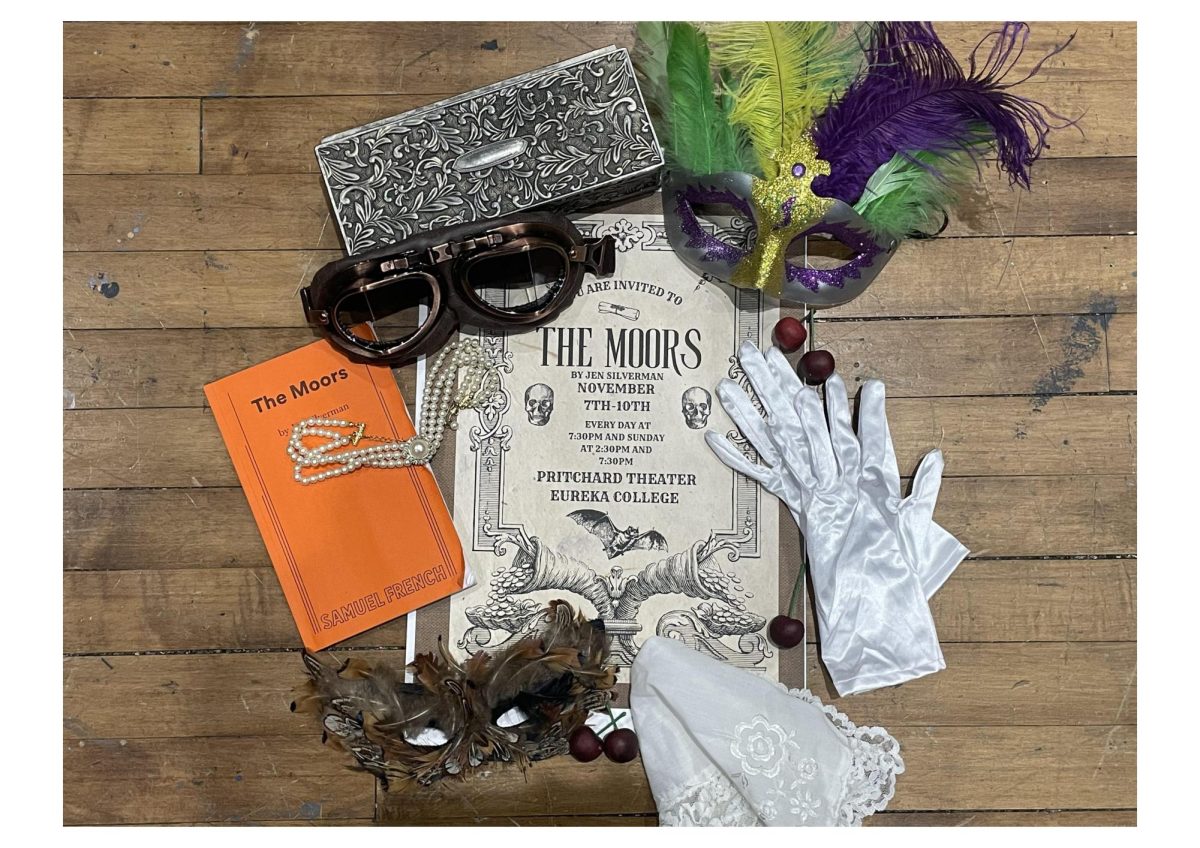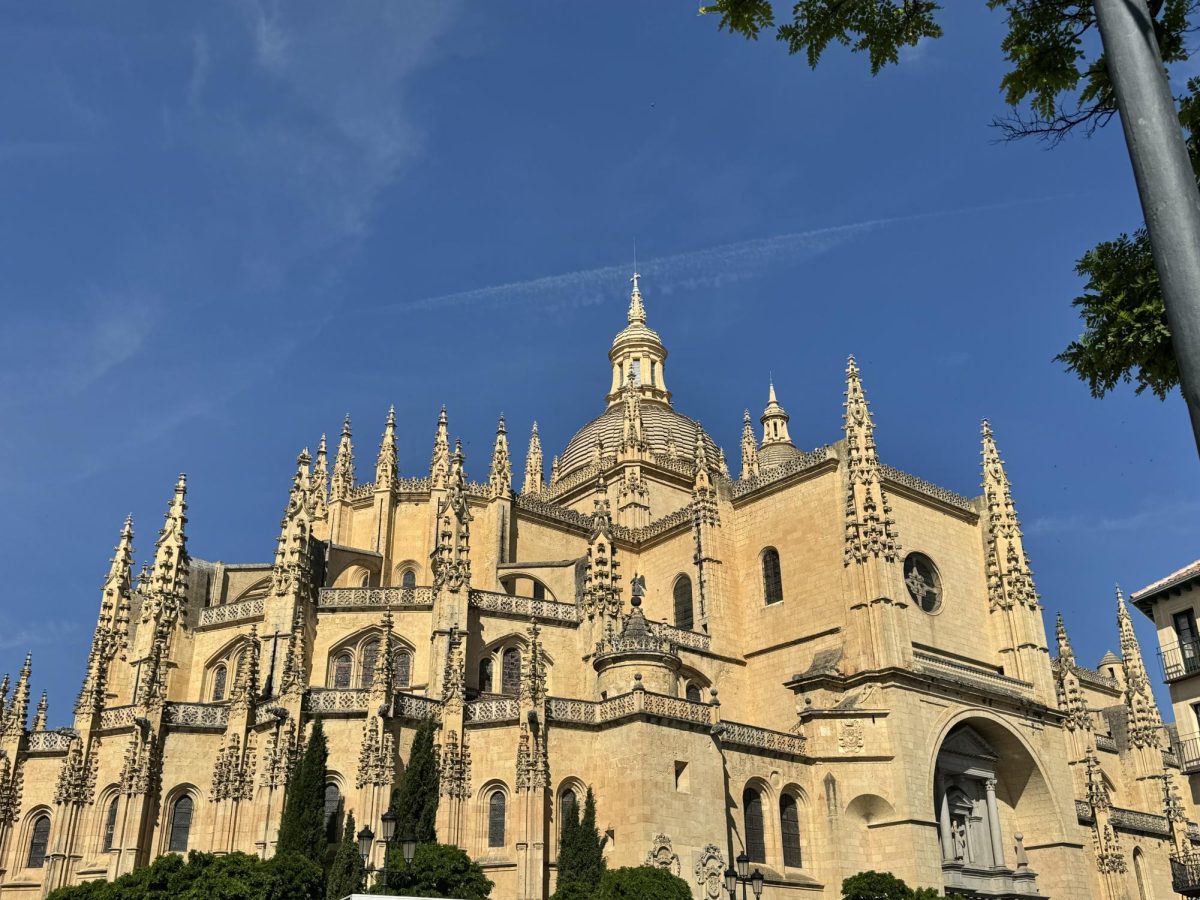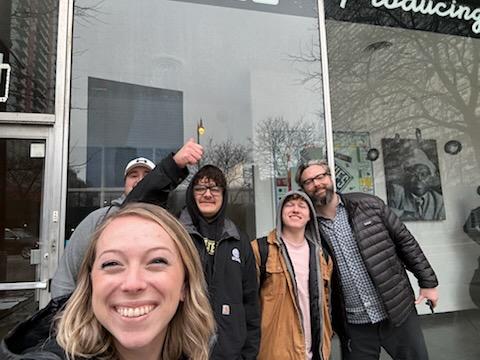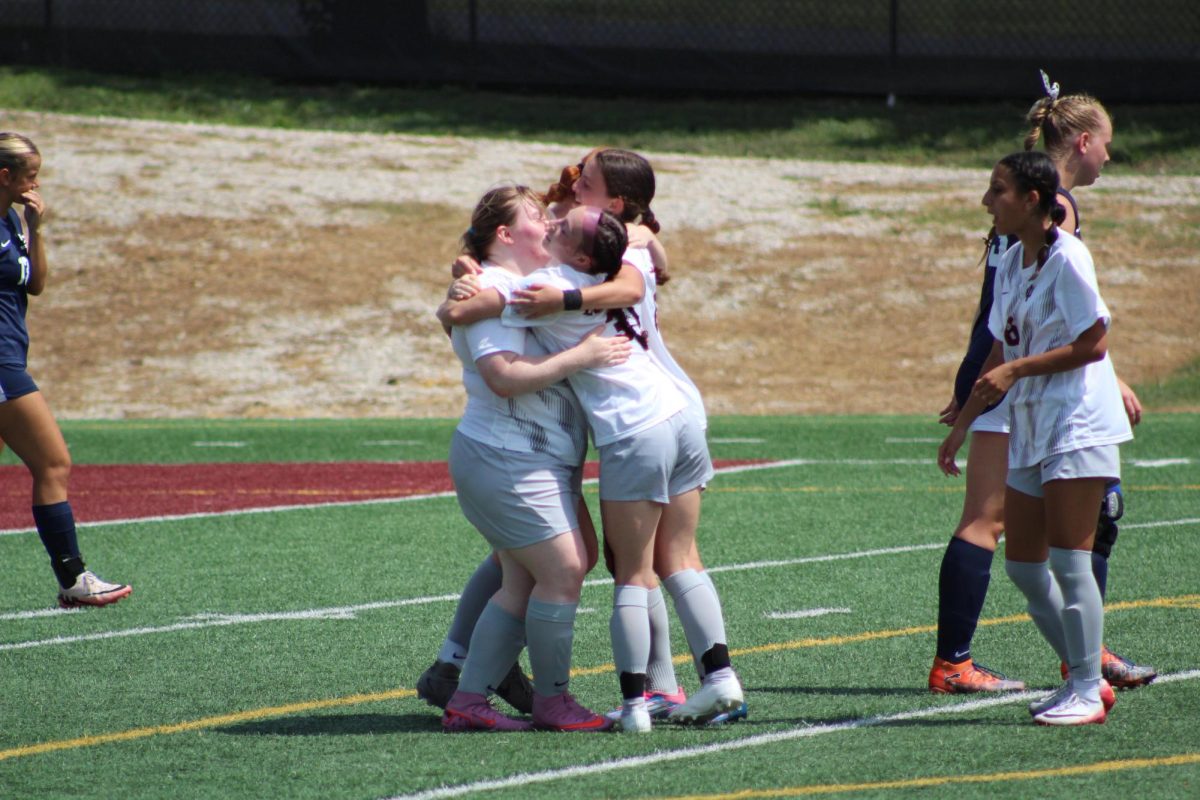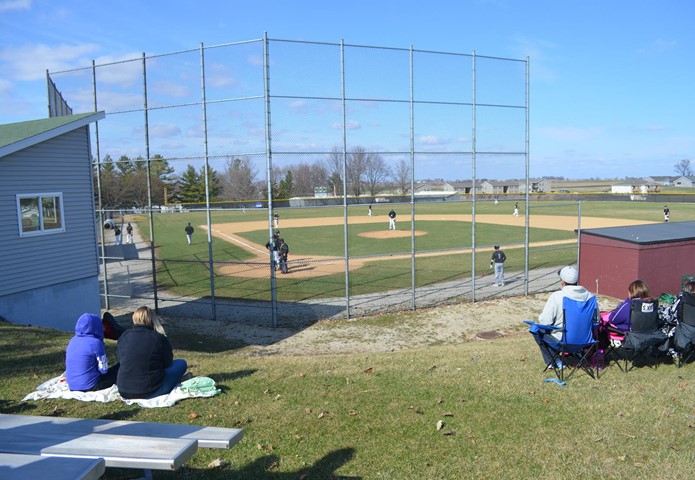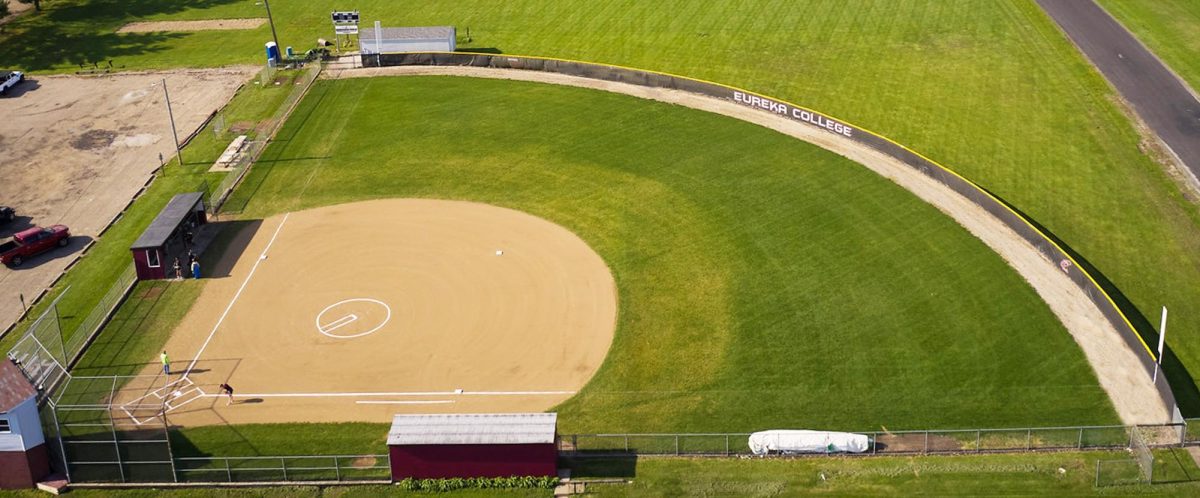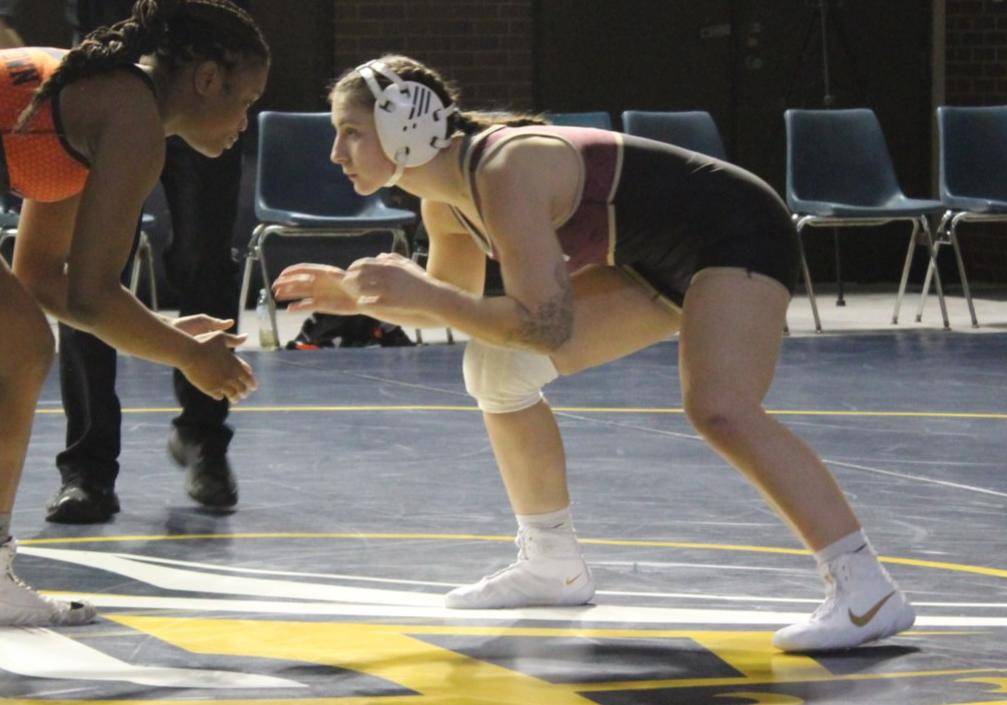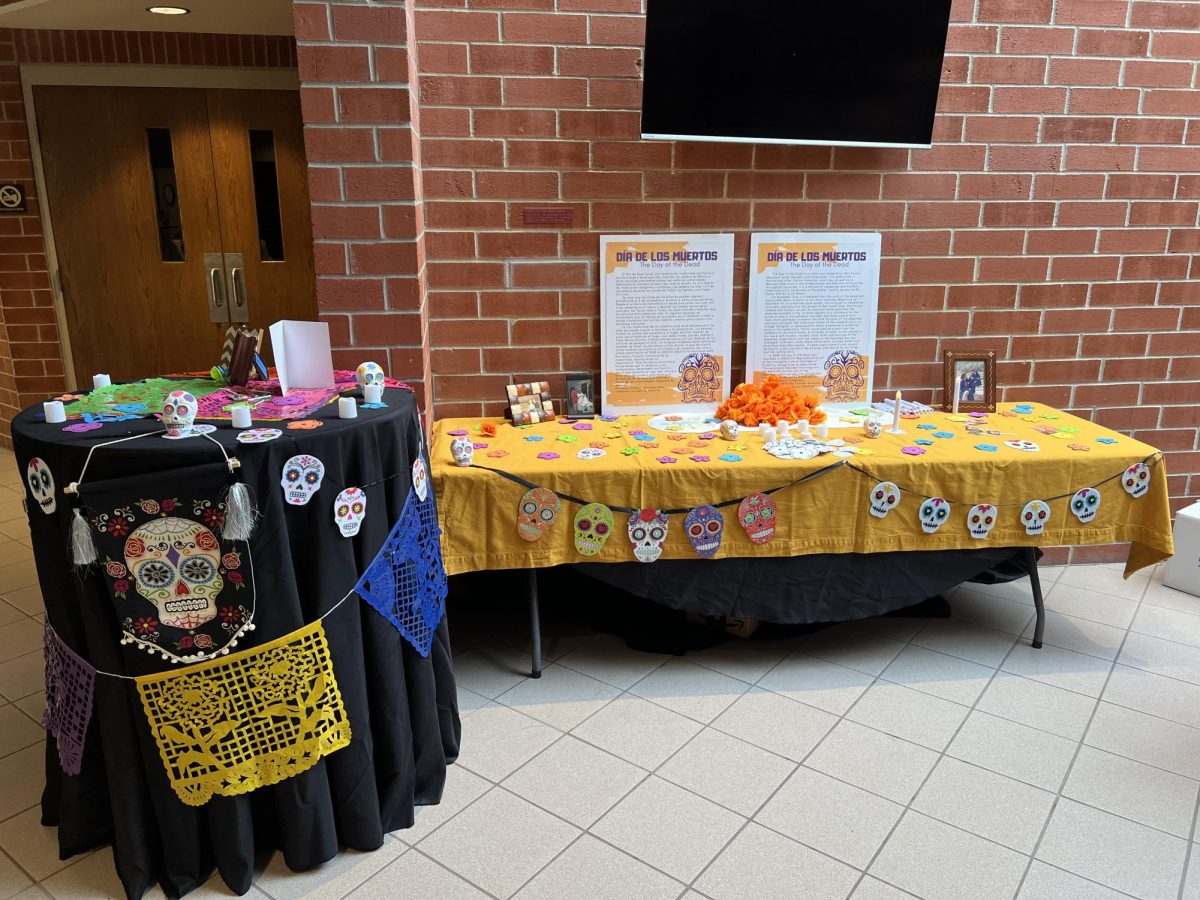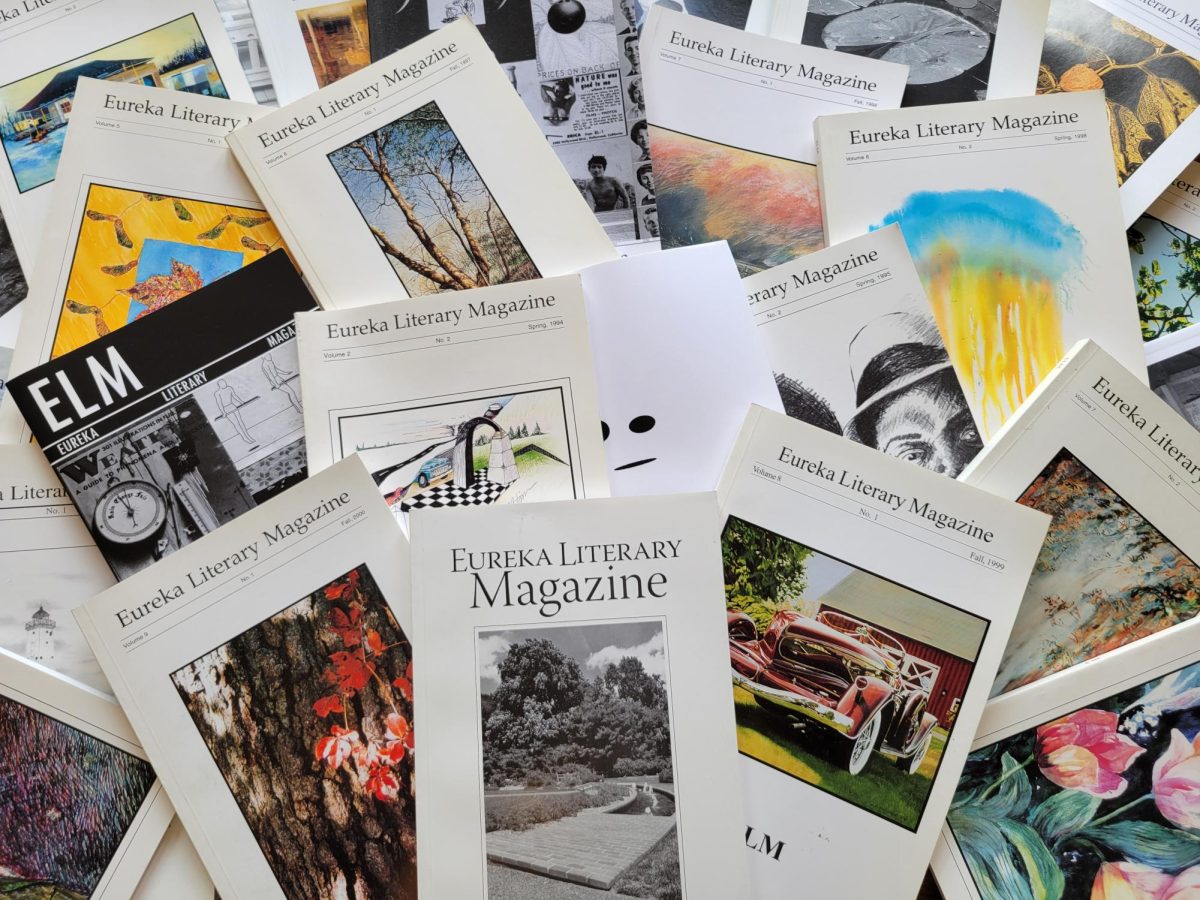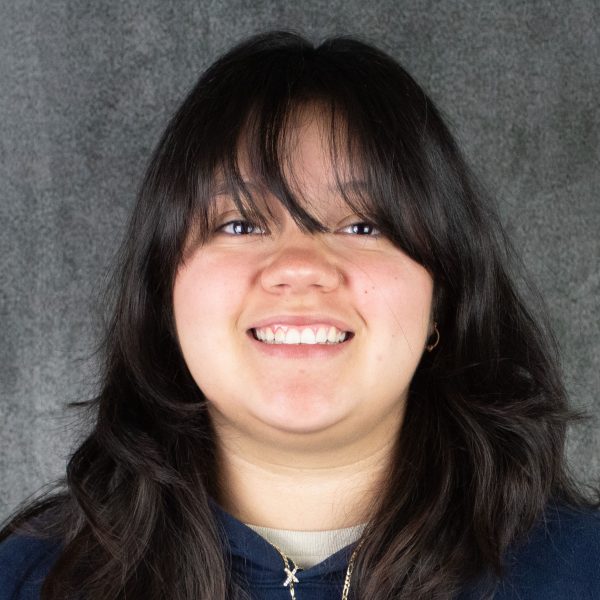Día de Muertos is a Mexican holiday celebrated on November 1st and 2nd. It is an extremely popular holiday that celebrates ancestors or family members who have passed away.
It is not the Mexican version of Halloween, even though there are a lot of similarities such as dressing up in costumes and the parade.
On this day it is believed that the bridge between the spirit world and the real world is opened, allowing spirits to cross back into the real world to be with family. Many families prepare what are called ofrendas, or alters, with their past family member’s pictures and favorite foods.
In this alter they will place pictures of the family members who have passed away and their favorite foods or items to welcome them back. These offerings may include their favorite dish or drink along with personal items they may have always carried around with them like watches, boots or even jewelry. Through this, loved ones are celebrated as special guests.
One special flower is used on all these ofrendas called la flor de muerto, and it is known as cempasuchil. It is a gold marigold flower representing the flower of death and life. This flower is another prominent symbol is calacas (skeleton) and calaveras (skulls).
At Eureka there is a small ofrenda set up in the Cerf Center. The ofrenda is set up by Chaplin Bruce every year. It was a little late this year, but the ofrenda still made it up! This allows students to come and put pictures of their loved ones, so they can share with everyone someone they held close to them.
In Dr.Kaiser’s Death and Dying class students were asked to make ofrendas of someone important to them. This allowed students to not only learn about a different culture but also remember those before them.
“This ofrenda making was really nice to do,” Daizjah Shannon said. “It was really nice to learn about the stories behind the people in the pictures when we shared in class… Doing this really shows how much you can learn about a culture.”
Chaplin Bruce and Dr. Kaiser got students involved in the cultures around them. These opportunities continue to teach more students about the diverse cultures around them while also getting them to directly participate!

